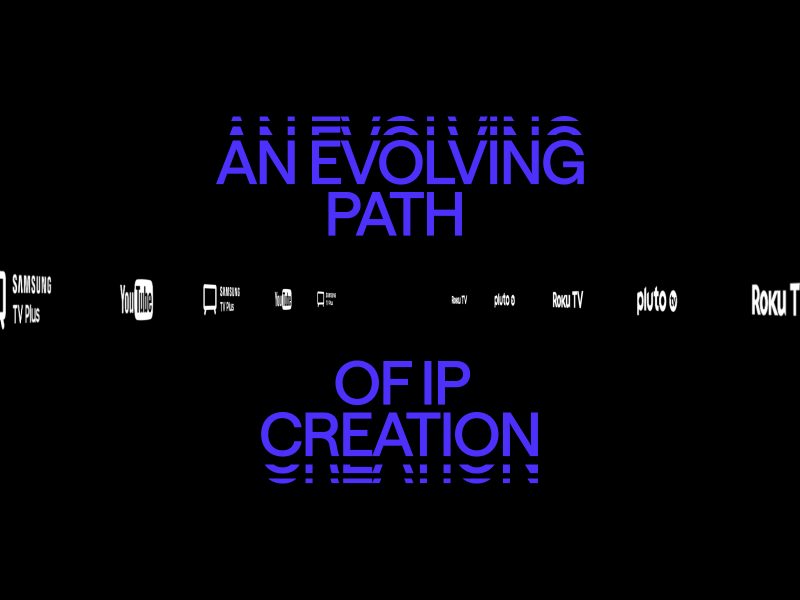The Rise of AI Dubbing: The Future or a Fad?

As artificial intelligence continues to permeate every corner of the media and tech landscape, one area gaining traction is AI dubbing. With big players like Prime Video and YouTube putting significant resources behind it, AI dubbing looks like it could be the next big distribution breakthrough, but early viewer feedback tells a different story.
05.08.2025
For media companies, AI dubbing could be a promising path to unlocking international audiences and expanding intellectual property (IP) value – but it must be done right.
Are we there yet?
The global success of Netflix’s Squid Game proved that language barriers are increasingly surmountable, and audiences are more willing than ever to engage with content outside their native tongue. Considering the surge in acceptance of dubbed content combined with the broader momentum of putting AI into everything, it is easy to see why streaming giants are betting on AI dubbing.
In March 2025, Amazon’s Prime Video launched an AI dubbing pilot program with 12 licensed titles. Their goal is to make movies and series “more accessible and enjoyable” for a wider audience. Notably, Prime Video is taking a cautious, hybrid approach by combining AI-generated dubs with input from human localization professionals. While consumer feedback on these 12 titles has yet to be made public, Prime Video’s use of localization professionals alone is a strong signal that AI alone is not yet capable of delivering fully polished results.
On the other hand, YouTube is taking a far more aggressive approach. As of early 2025, YouTube expanded access of automated AI dubbing to “hundreds of thousands of channels” focused on knowledge and informational content. Unlike Prime Video, YouTube automatically dubs videos upon upload, aiming to quickly scale multilingual access. This convenience comes at a cost, however. Even YouTube cautions creators and audiences that “this technology is still pretty new, and it won’t always be perfect.” Early viewer feedback has been mixed at best, with some users describing the experience as “text-to-speech level stuff,” pointing to poor delivery and misaligned emotional tone.
Where does this leave media companies?
AI dubbing is undoubtedly a promising development, especially for content libraries with international potential. For legacy and streaming-first media alike, the technology could reduce localization costs, accelerate global rollouts, and expose IP to entirely new markets. It’s not hard to imagine a future where AI-aided dubbing helps niche content find mainstream global audiences.
However, quality still matters, and it has yet to be found. Viewers today expect high production standards, regardless of language. The cautious approach adopted by Amazon suggests that the best path forward is one of augmentation – not automation. For now, media companies would be wise to view AI dubbing as a complement to traditional localization efforts, rather than a wholesale replacement.
Sources: aboutamazon.com theverge.com



